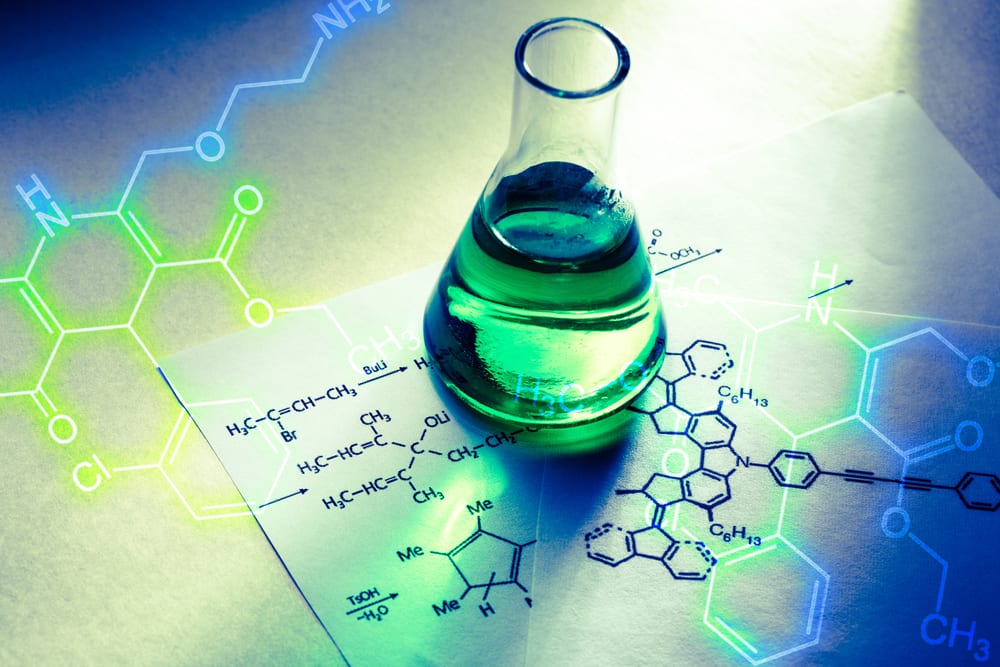Blog
Acetic Acid Strong or Weak: Understanding Its Properties
Acetic acid is commonly known as the main component of vinegar, but one important question arises: is acetic acid strong or weak? Understanding the acidity of acetic acid is crucial for various applications, especially in industries like food, medicine, and manufacturing. This article will explore whether acetic acid is strong or weak, how it behaves in solutions, and its impact on everyday life.
What Is Acetic Acid?
Acetic acid (CH₃COOH) is a colorless liquid with a pungent smell that gives vinegar its distinct flavor. It is a simple carboxylic acid and is widely used in food preservation, chemical processes, and even in healthcare. Acetic acid is an essential organic compound, but to understand whether it is strong or weak, we need to explore how it behaves in water.
Strong vs. Weak Acids: The Basics
To answer the question, “Is acetic acid strong or weak?” we first need to understand the difference between strong and weak acids.
- Strong acids dissociate completely in water, releasing all of their hydrogen ions (H+). This means that they break down entirely and produce a high concentration of ions in solution. Examples of strong acids include hydrochloric acid (HCl) and sulfuric acid (H₂SO₄).
- Weak acids, on the other hand, do not fully dissociate in water. They only release a small proportion of their hydrogen ions, resulting in a lower concentration of ions in solution. Examples of weak acids include acetic acid and citric acid.
So, is acetic acid strong or weak? Let’s dive into its dissociation properties to find out.

Acetic Acid: A Weak Acid
Acetic acid is classified as a weak acid. Unlike strong acids, acetic acid does not completely dissociate in water. In an aqueous solution, only about 1% of acetic acid molecules will break apart into ions (CH₃COO⁻ and H+). This partial dissociation means that acetic acid releases fewer hydrogen ions compared to strong acids.
Because acetic acid is a weak acid, it has a less dramatic effect on pH levels. Its weak dissociation makes it a useful ingredient in foods and chemical processes, where a more controlled acidity is often required.
Why Is Acetic Acid Considered Weak?
Several factors contribute to the classification of acetic acid as a weak acid:
- Partial Dissociation: As mentioned earlier, acetic acid does not fully dissociate in water. This results in a lower concentration of free hydrogen ions.
- pH Value: The pH of a solution containing acetic acid is relatively higher than that of strong acids. For example, a 1M solution of acetic acid has a pH of around 2.4, compared to hydrochloric acid’s pH of nearly 0.
- Equilibrium State: In a solution of acetic acid, an equilibrium is established between the dissociated ions and the undissociated acetic acid molecules. This equilibrium lies far to the side of the undissociated acid, reinforcing its classification as weak.
Common Uses of Acetic Acid
Acetic acid’s weak nature does not diminish its importance. It is used in various industries due to its ability to provide controlled acidity. Some common uses include:
- Food Industry: Acetic acid is used as a preservative and flavoring agent in products like vinegar, pickles, and sauces. Its weak acidity helps maintain the taste without overwhelming the food.
- Medical Applications: Acetic acid is employed in healthcare, particularly in cleaning wounds and killing bacteria. Its mild acidity makes it suitable for delicate medical treatments.
- Chemical Industry: Acetic acid is used in the production of synthetic fibers, plastics, and solvents. Its controllable acidity is vital in manufacturing processes that require precise chemical reactions.
The Role of Acetic Acid in pH Control
Since acetic acid is weak, it’s often used in buffer solutions to maintain a stable pH. Buffers are solutions that resist changes in pH when small amounts of acid or base are added. Acetic acid, paired with its conjugate base (acetate ions), forms a buffer solution that can keep the pH within a specific range. This is particularly important in biochemical and pharmaceutical industries where pH control is essential.
Is Acetic Acid Safe?
Given its classification as a weak acid, acetic acid is generally safe to handle in small concentrations. Household vinegar typically contains about 5-8% acetic acid, which is safe for consumption and daily use. However, concentrated acetic acid (glacial acetic acid) is much more potent and can cause skin burns or irritation. Proper care and protective gear should always be used when handling concentrated forms of acetic acid.
How Does Acetic Acid Compare to Other Acids?
Acetic acid’s weak nature can be better understood by comparing it to other common acids:
- Hydrochloric Acid (HCl): A strong acid that completely dissociates in water, resulting in a much lower pH and higher acidity.
- Citric Acid: Another weak acid, commonly found in citrus fruits. Like acetic acid, citric acid only partially dissociates in water, making it useful in food and beverages.
- Sulfuric Acid (H₂SO₄): A strong acid used in batteries and industrial processes. Sulfuric acid’s complete dissociation makes it highly reactive and dangerous in concentrated forms.
Conclusion: Acetic Acid – Strong or Weak?
In conclusion, acetic acid is classified as a weak acid due to its partial dissociation in water. This characteristic allows it to be used in a variety of applications where a milder acidity is required, such as food preservation, medical treatments, and industrial processes. Its weak nature makes it a valuable substance for maintaining pH control and creating buffer solutions.

Pingback: Why Is Acetic Acid the Weakest Acid? Learn the Science Behind It - Lablink Solutions